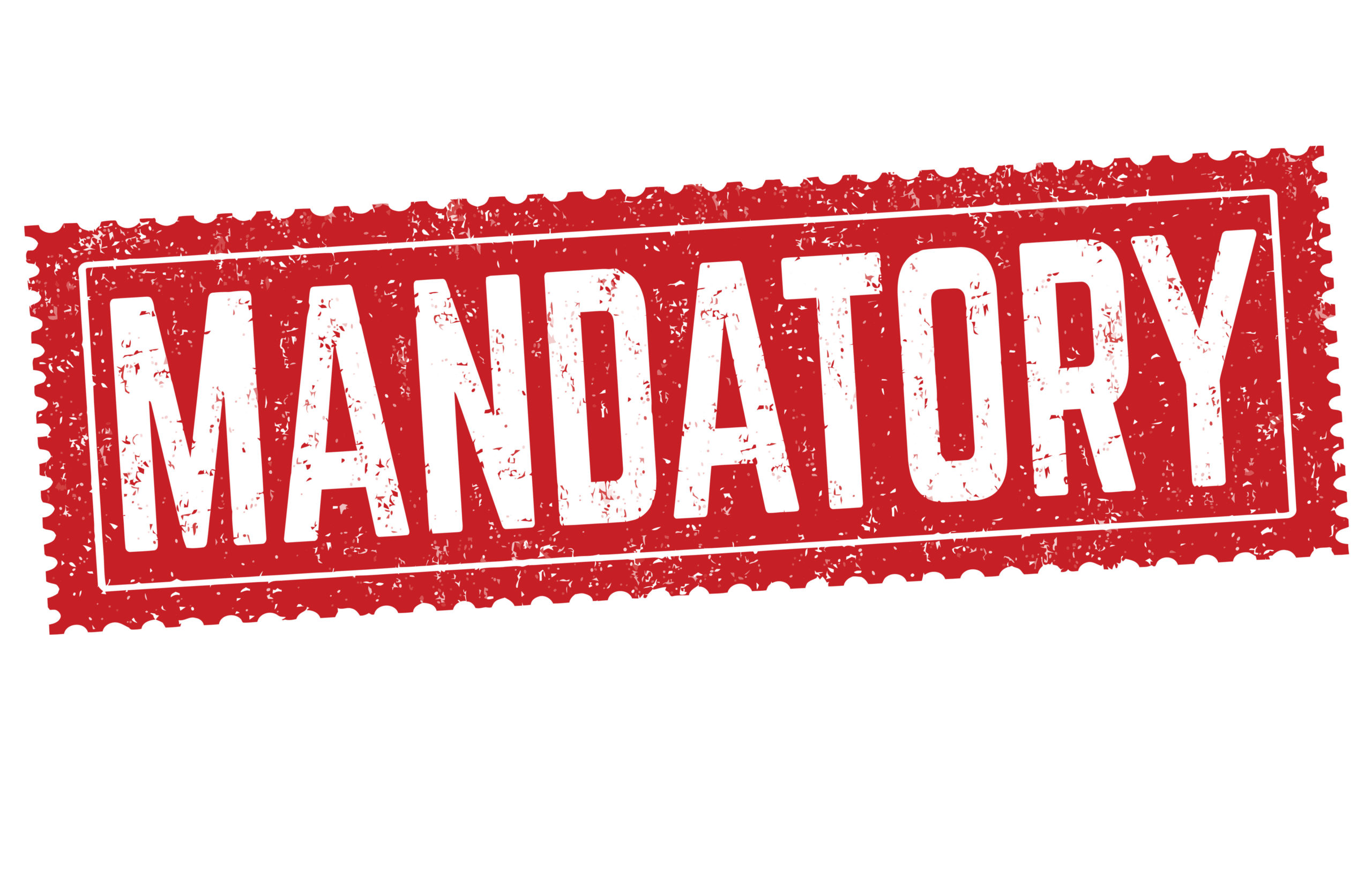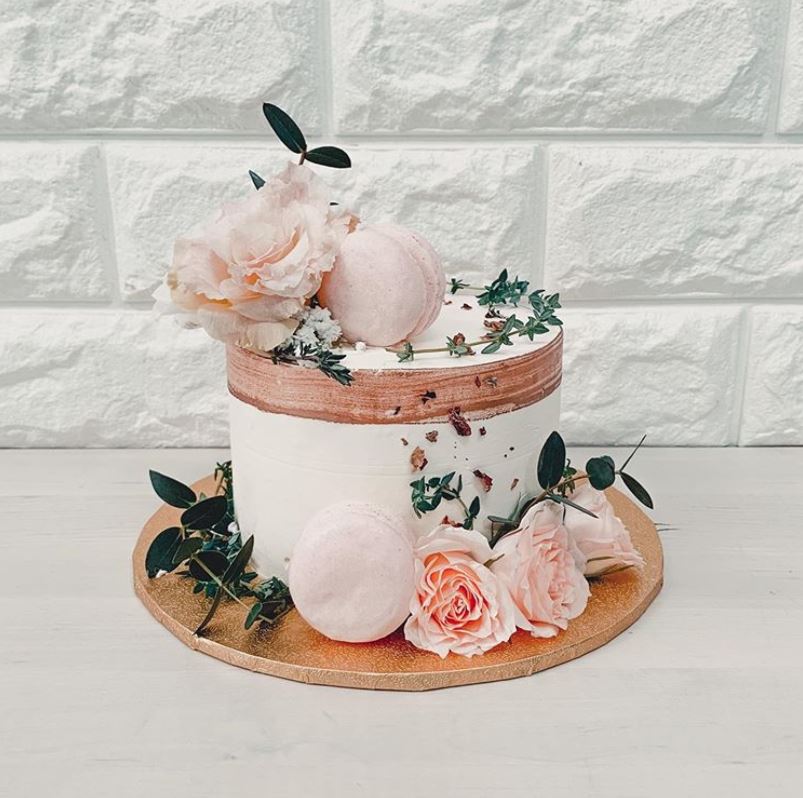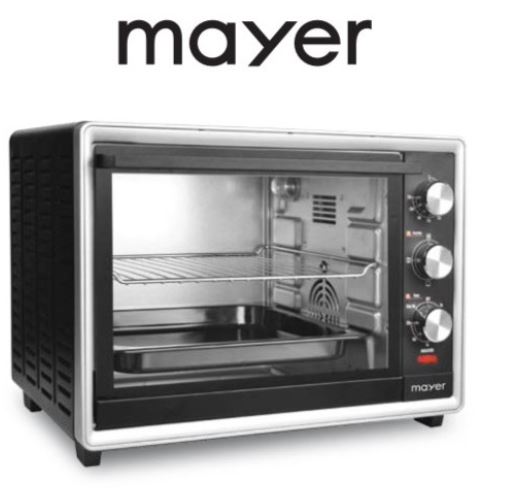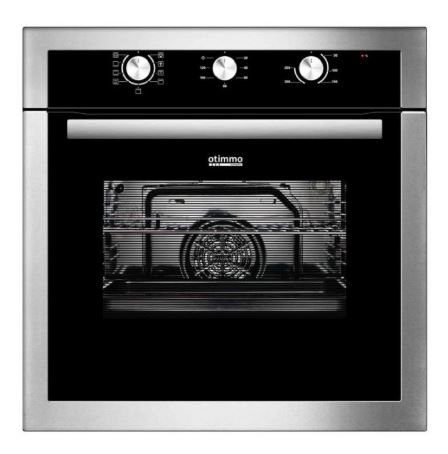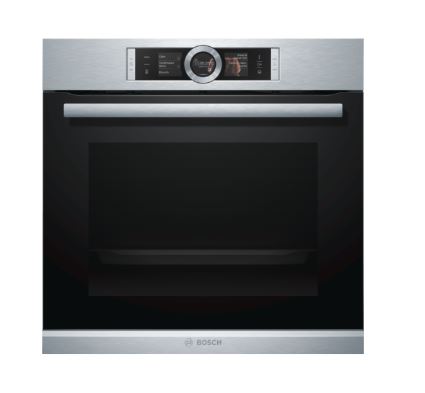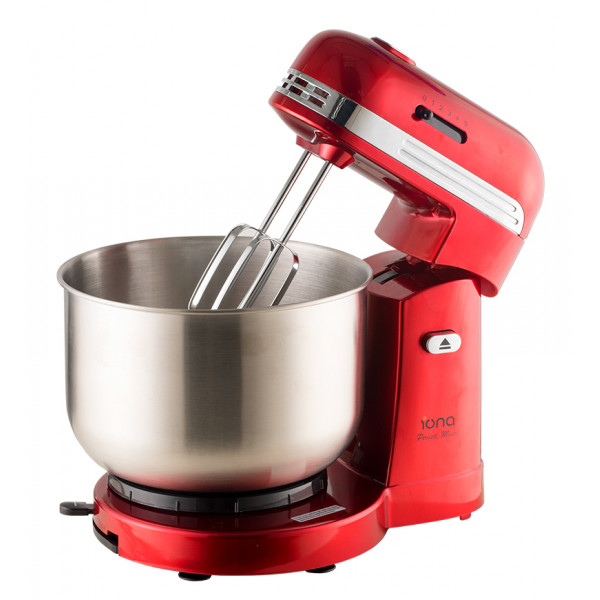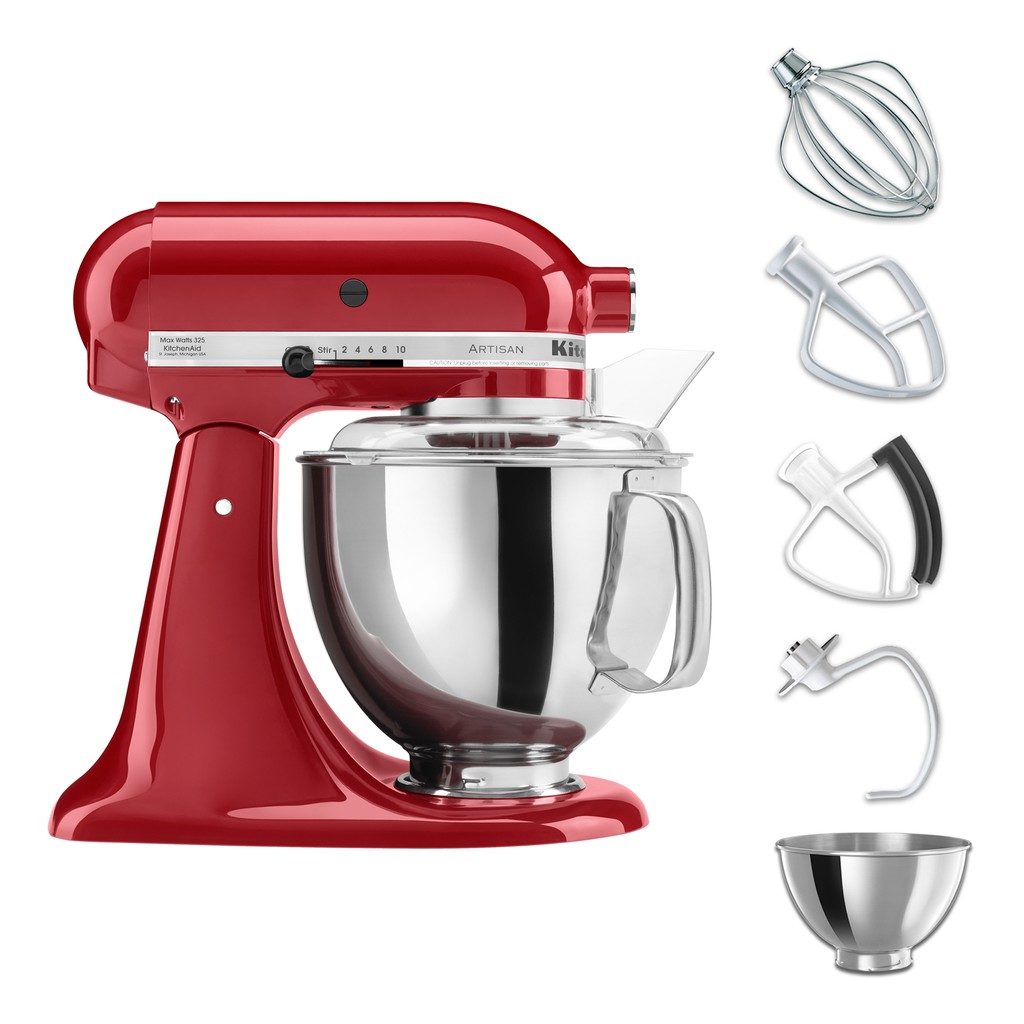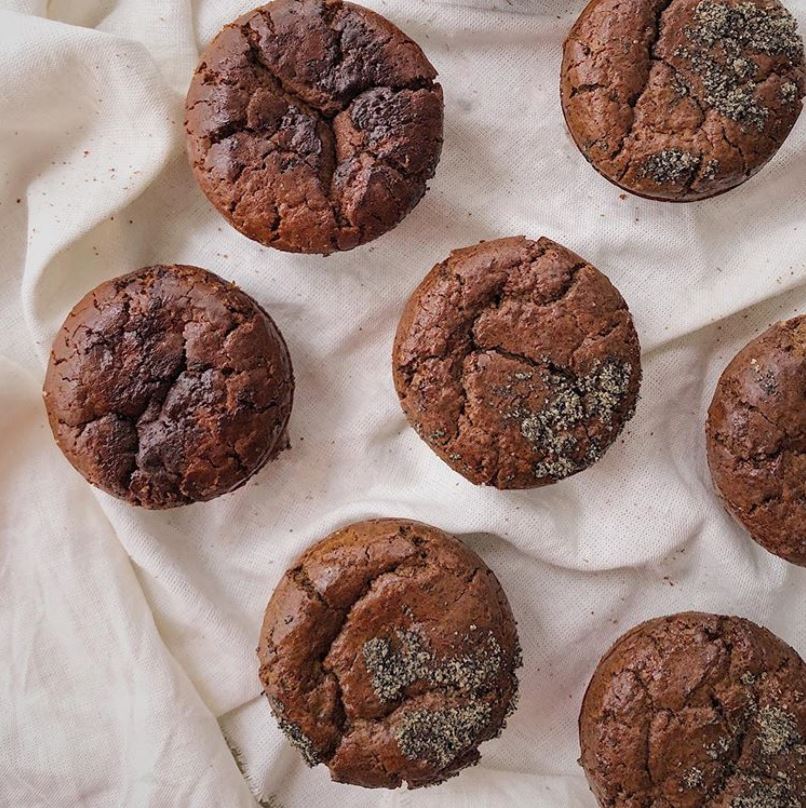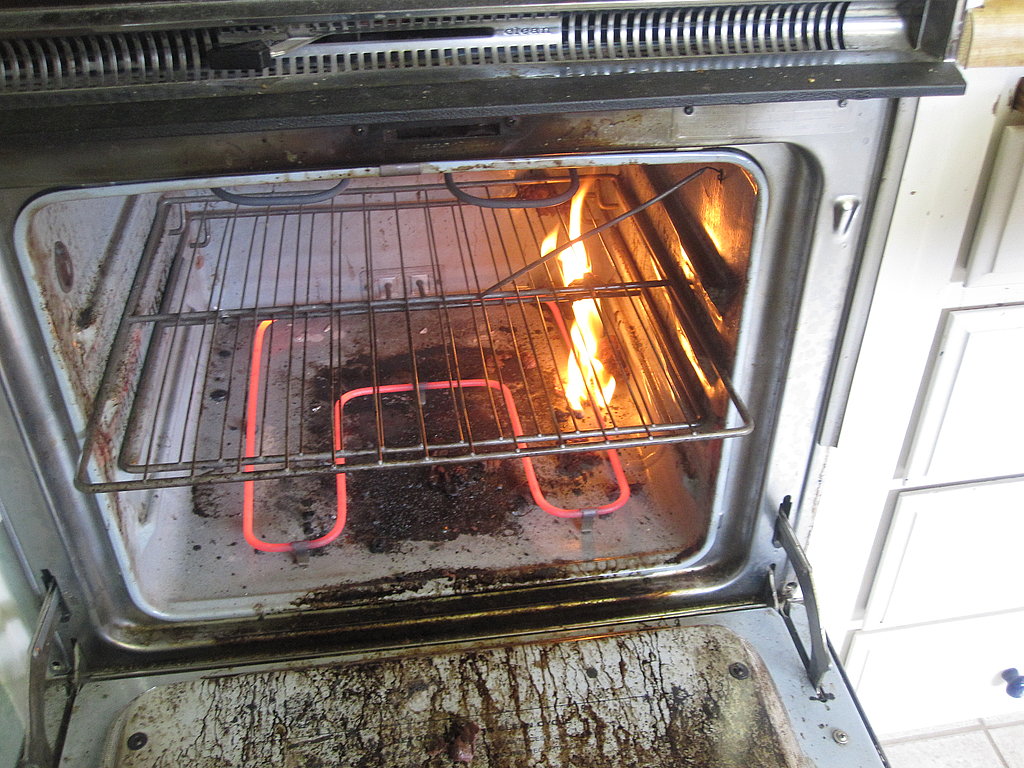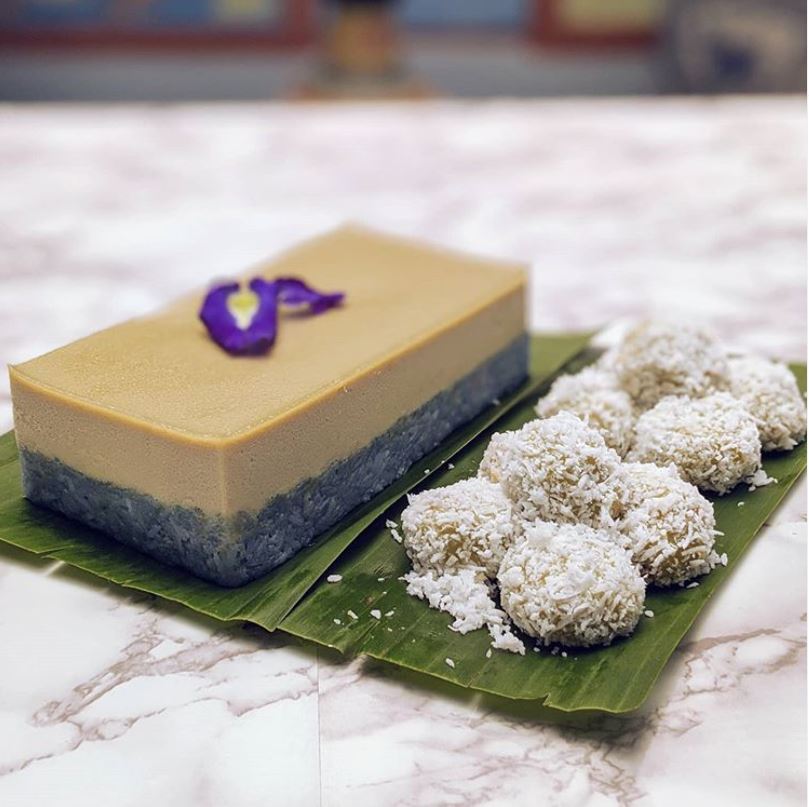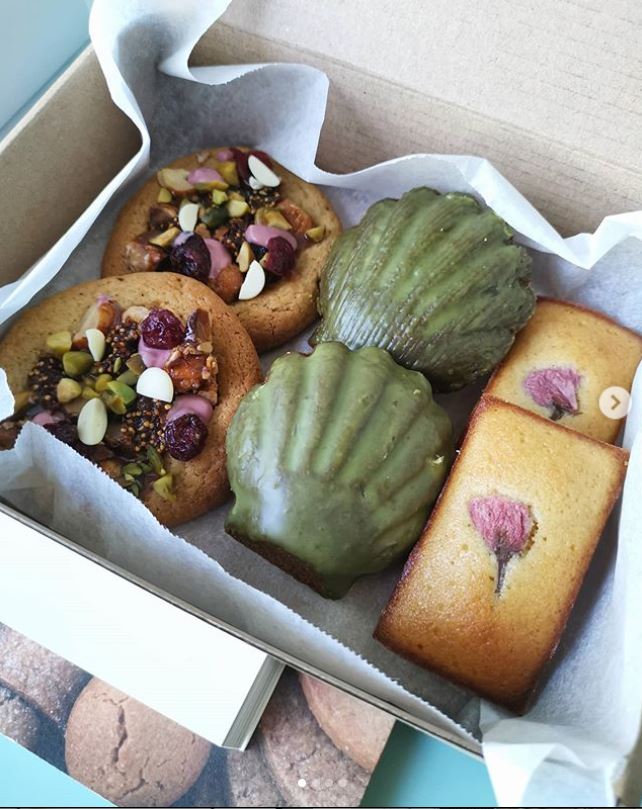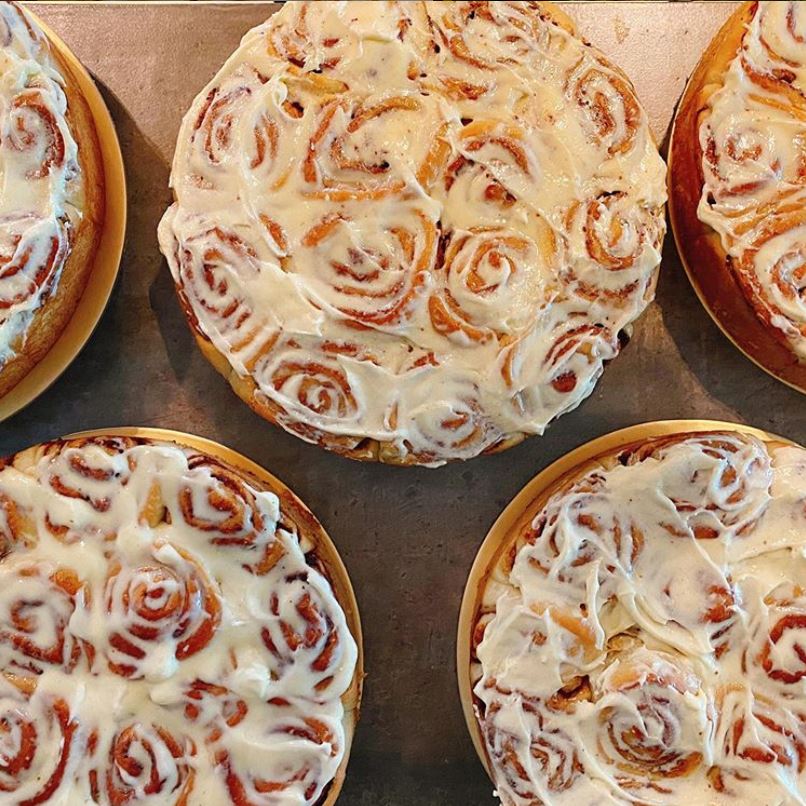4 Types of Compulsory Insurance for Singapore Businesses
Do you run a business? Ever wonder what types of insurance are required by Singapore law? We’ve put together a list of the 4 types of compulsory insurance for businesses in Singapore.
#1. Work Injury Compensation Insurance (WICA Insurance)
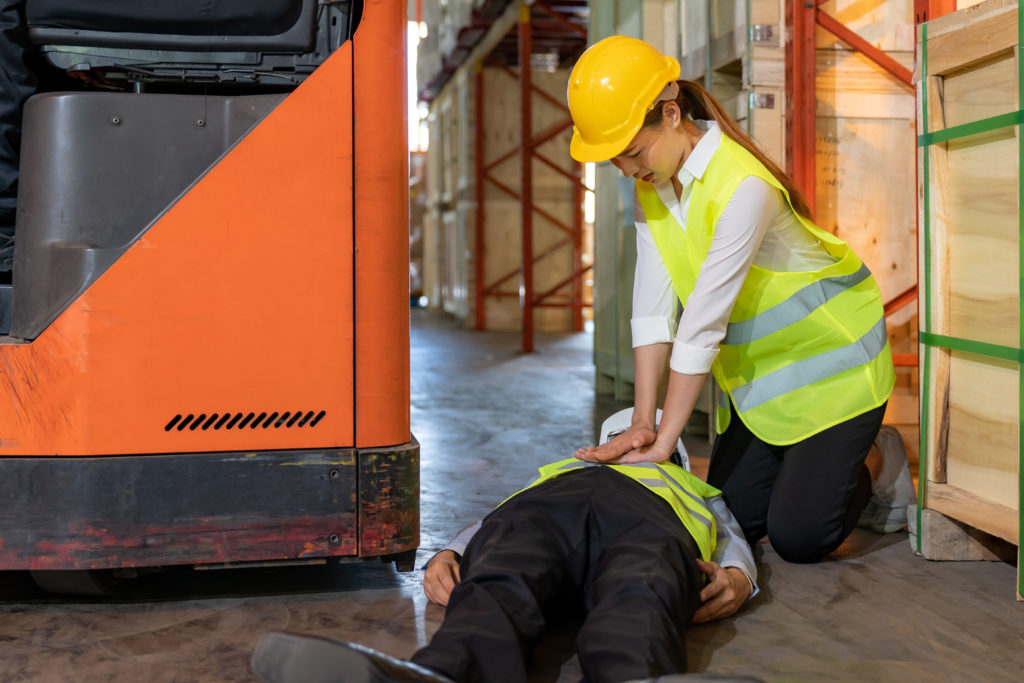
It is legally required under the Work Injury Compensation Act to have WICA insurance for the following worker types:
- Any employee earning below $2,100/month (will change to $2,600 from April 2021)
- Any employee performing manual labour, regardless of salary
- Any employee hired under the SG United training programme
If your employees fit into any one of the above categories, you must buy WICA insurance to cover them. If you don’t buy WICA insurance as legally mandated, you can be jailed for up to 12 months, and/or fined up to $10,000.
Given the significant wage subsidies offered by the government under the SGUnited programme, many companies are now looking for WICA insurance as part of the hiring requirements.
WICA insurance will cover your business against employee injuries or sickness that’s related to work. For example, let’s say you run a restaurant. One of your cooks accidentally burns themselves while on shift. WICA insurance will cover the medical expenses related to treating the burn, and cover the lost wages while your cook is hospitalised or on MC. Singapore law requires employers to compensate their staff for work-related injuries/sickness. If you didn’t have WICA insurance in this case, you would have to pay for these expenses out of your own pocket!
Given the high costs of medical treatment, such costs can have a severe impact on most SMEs finances, and even bankrupt entire companies. That’s why WICA coverage is a type of compulsory insurance for higher-risk occupations (i.e. manual workers), because it’s much more likely these workers will get injured and have to be compensated. This is also why it’s so important for employers to insure all their workers, beyond those that are legally required to be covered.
Get a quote for WICA insurance online & buy in 3 minutes, from just $5/month.
#2. Commercial Property Insurance

If you rent the premises, your landlord may require you to maintain commercial property insurance as part of your lease agreement. Commercial property insurance is a crucial basic cover because it protects you against common and major hazards like fire, explosions, water damage, etc.
If you own a commercial building and have a mortgage on the property, then your bank will require you to have fire insurance. This is because if the building gets destroyed, the insurance company can compensate you, and you can use this money to repay the bank loans since you won’t have a property to generate cash. Not having fire insurance on a property would be highly risky for both property owners and lenders.
Commercial property insurance protects you against a wide variety of risks: fire, water damage, burglary, vandalism, etc. It’s a highly affordable cover that all renters and owners of commercial spaces should carry at all times.
Buy commercial property insurance online in 3 minutes, from just $9/month.
#3. Public Liability Insurance
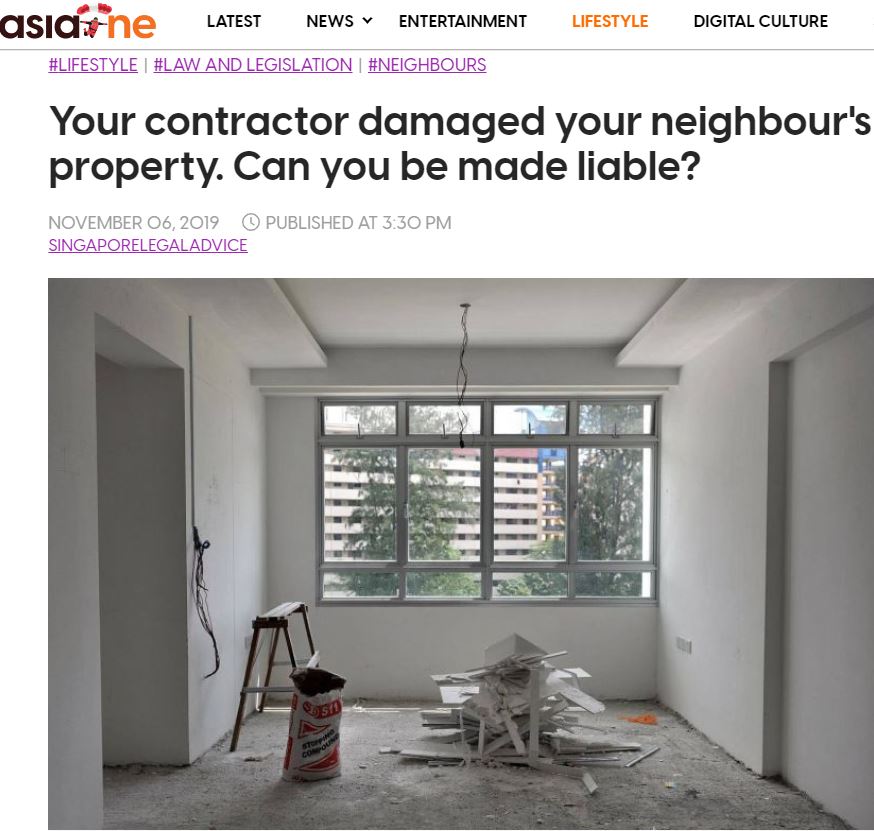
Source: AsiaOne
The short answer to the headline above: yes, you can be held liable! And if you are held liable, you’re going to want public liability insurance to deal with the massive costs coming your way.
Public liability insurance is often mandated by landlords or project tenderers. Landlords will often require businesses that are operating in their space, or performing renovations, to undertake public liability insurance.
If your work involves a risk of damaging someone else’s property or causing injuries to other people, then your clients may require you to carry public liability insurance as part of your contract. Some industries where this is standard are engineering, manpower contractors, construction, and interior renovation.
Here are some business situations and industries where public liability insurance will very often be mandatory:
- Leasing a commercial space from a landlord:
Public liability insurance is often mandated by landlords when renting commercial spaces. This is particularly common for F&B and retail spaces. Landlords will often stipulate that leasees will have to carry a specific amount of public liability cover. The purpose of this is to ensure that leasees will be able to shoulder liability that comes from any injuries or property damage that occurs to third-parties in your premises. A common example of this would be liability that comes from property damage during renovations. Without insurance, such liability would be very expensive to handle. Make sure to check your lease agreement to ensure that you are in compliance with your landlord’s requirements.
- Engineering and inspection services: Public liability insurance is often required by clients, as engineers and inspectors will frequently perform work at client sites, or handle the client’s property.
- Manpower supply services: Public liability insurance is often required, as the supplied labourers may accidentally injure people or damage property while working.
- Construction companies: Public liability insurance is often required by clients. Is often offered in an insurance package called Construction All Risks (CAR) cover.
- Interior renovation companies: Public liability insurance is often required by clients. Is often offered in an insurance package called Construction All Risks (CAR) cover.
Public liability insurance covers the following:
- Injuries/property damage to third-parties (e.g. customers, members of the public)
Public liability insurance pays for the following:
- Lawyer’s fees if you get sued for property damage/injuries to third-parties
- Damages awarded by the courts
Buy public liability insurance online in 3 minutes, from just $9/month. .
#4. Shipping Insurance (A.K.A. Inland Transit Insurance / Marine Cargo Insurance)

If the shipping terms you offer to customers (Incoterms) are either CIF (Cost, Insurance, Freight) or CIP (Carriage and Insurance Paid), then you have to buy shipping insurance for your goods. Under these terms, your shipping insurance should cover the goods from the point of origin to the customer’s doorstep.
If you’re shipping goods within Singapore only, you should get an Inland Transit insurance policy. This will cover your goods against loss or damage while being transported. Inland transit policies are arranged on an annual basis, which means you don’t have to apply for a new policy with every shipment. You just need to purchase it once, and all your shipments are automatically covered. This makes it convenient for sellers to protect their goods quickly and affordably.
Get inland transit insurance quotes here.
If you’re shipping goods internationally, you should get an Marine Cargo insurance policy. Despite its nautical connotations, Marine cargo insurance will cover goods shipped internationally via air, sea, and land. With all the different things that could go wrong during shipments – like broken goods or lost items – insuring your cargo is vital.
Get marine cargo insurance quotes here.
Which insurance broker should I use for these types of compulsory insurance?
If you’re getting any of these 4 types of compulsory insurance for your business, make sure to choose Provide as your preferred SME insurance broker. Provide’s online platform creates lower overheads, so we pass every dollar saved back to you. Save up to 25% on your premiums with us, and get access to experienced insurance veterans for advice tailored to your industry.
Click the links below to buy your coverage online in just 3 mins:
| Coverage | Explanation | Premium |
| Commercial Property Insurance | Covers property damage from fire, explosions, certain types of water damage, etc.
Covers building structure, renovations, fixtures & fittings, equipment, & more. | From $12/month
|
| Public Liability Insurance | Covers lawsuits related to injuries or property damage to third-parties (e.g. members of the public). | From $9/month |
| Work Injury Compensation Insurance (WICA Insurance) | Covers your employees from work-related injuries/sickness, including Covid-19.
Pays up to $45,000 medical expenses per worker. | From $5/month, per worker |
